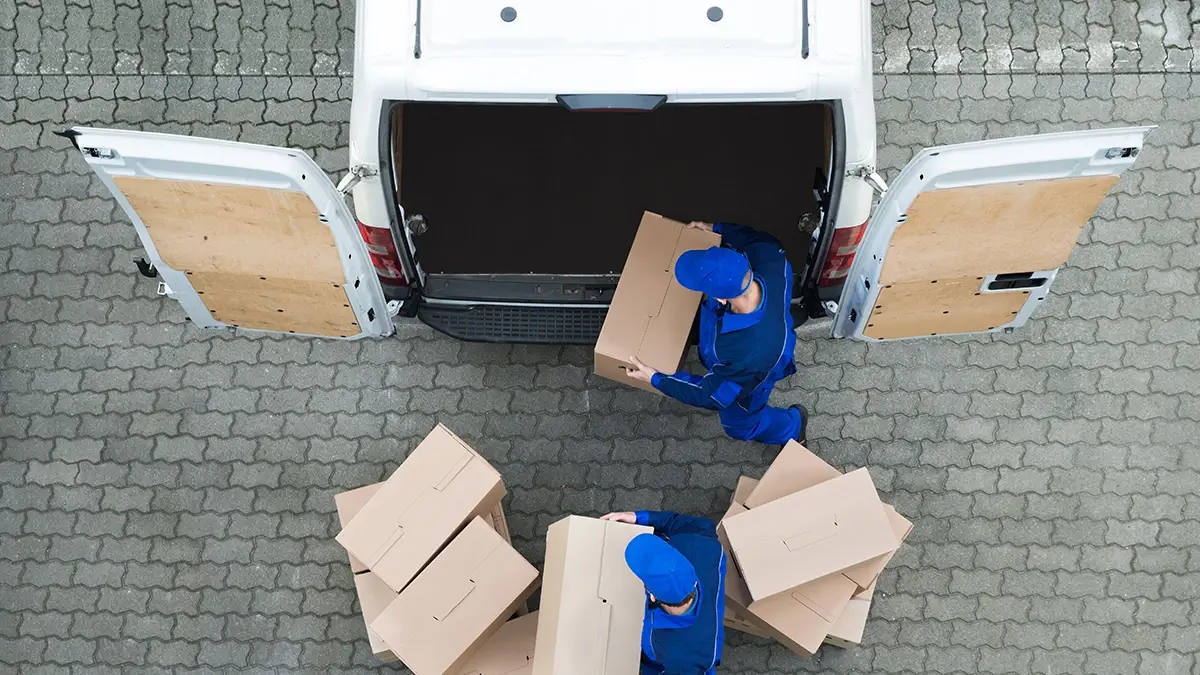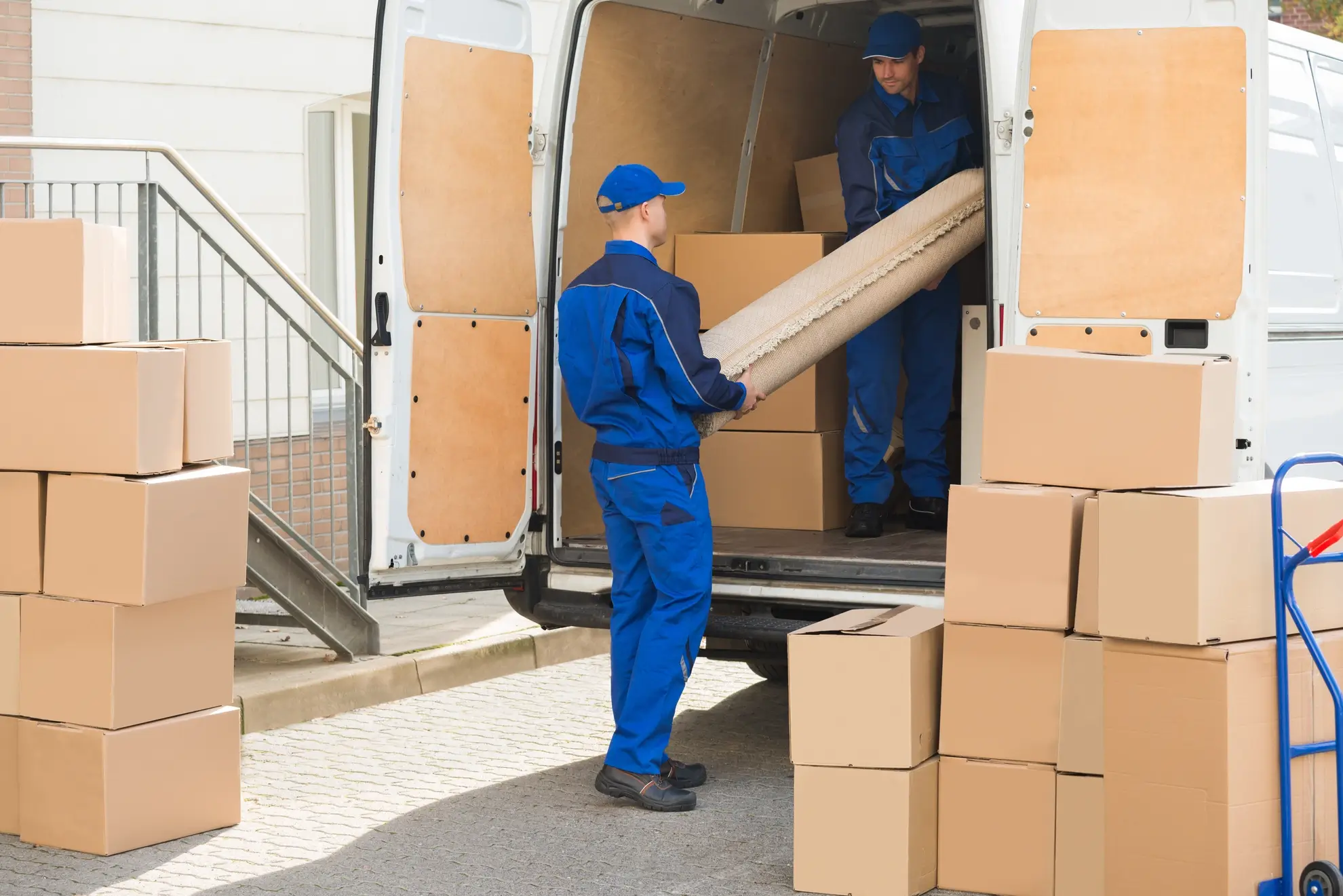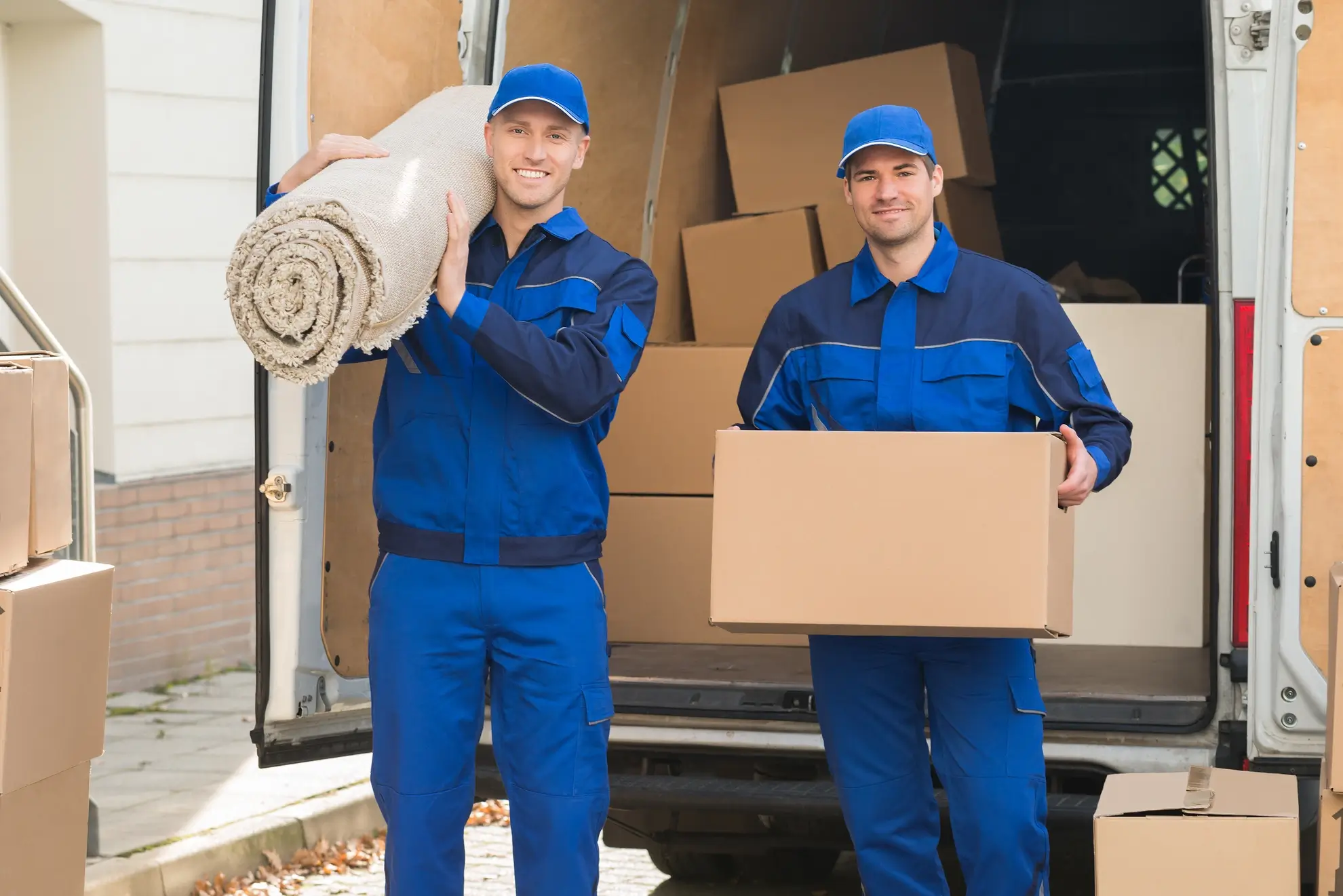Saving the Harmony: Risks in Moving a Piano Yourself
Moving a piano isn't like moving an ordinary piece of furniture. The intricate mechanics, considerable weight, and sentimental value make pianos uniquely challenging--and risky--to transport without professional expertise. Whether due to a tight budget or ambitious spirit, many homeowners contemplate the DIY piano moving approach. However, this path is fraught with hidden dangers that could harm you, your instrument, and your property. In this comprehensive guide, we'll explore the critical risks in moving a piano yourself, explain why hiring professionals matters, and offer tips for protecting your musical investment and well-being.

Why Pianos Present Unique Moving Challenges
To understand the hazards of self-moving, it's vital to first appreciate what sets a piano apart from other household items. Here's why piano relocation is a specialized endeavor:
- Weight and Size: Uprights can weigh up to 800 lbs, while grands may reach over 1,200 lbs, requiring specialized handling techniques.
- Delicate Interior Mechanisms: Pianos have thousands of intricate parts, including hammers, strings, keys, and pedals, all precisely calibrated for harmonious sound.
- Awkward Shape: The bulk and shape make standard lifting or moving awkward--one wrong move can spell disaster.
- Sentimental and Monetary Value: Many pianos are treasured family heirlooms or significant financial investments.
Common Types of Pianos and Their Challenges
- Upright Pianos: Narrower but extremely heavy, with most weight concentrated at the top back.
- Grand Pianos: Flat, wide frames make navigating hallways or stairs exceptionally tricky; legs and pedals are fragile and must often be detached.
- Digital Pianos: Lighter and less risky, but still require care to avoid damaging circuitry.
Hidden Dangers of DIY Piano Moving
Attempting to move a piano by yourself may seem feasible, especially with the help of friends. However, here are the primary hazards you may encounter:
1. Risk of Physical Injury
- Crushed Fingers and Toes: A misplaced grip can lead to pinched or even broken fingers and toes.
- Back and Muscle Strains: Improper lifting technique or misjudged weight can result in severe back injuries and muscle strains.
- Slips and Falls: Navigating stairs or tight spaces increases the likelihood of accidents, especially without the appropriate footwear or gear.
- Unforeseen Accidents: A stumble on a stair, wet tiles, or uneven driveway can result in hospital visits--or worse.
2. Damage to Your Piano
- Frame Cracks or Breakage: Incorrect support can cause fractures in the case or frame.
- Detached Legs and Pedals: Failure to properly remove and secure detachable parts often results in breakage.
- Misaligned or Broken Keys: Internal jostling can shift hammers or keys, affecting playability and sound.
- String and Action Damage: Sudden shocks or drops may snap strings or disrupt the sensitive action mechanism.
3. Property Destruction
- Scratched Floors and Walls: Even careful movers can gouge hardwood, chip tiles, or scrape paint.
- Broken Stairs or Railings: Many staircases aren't built for the concentrated weight of a piano--leading to structural damage.
- Door Frame and Elevator Damage: Forcing a piano through tight entries can break both the instrument and your home.
4. Loss of Tuning and Sound Quality
Pianos are sensitive to vibration and jarring movements. Self-moves can easily cause:
- Immediate or Gradual Detuning: Physical shocks loosen tuning pins and shift parts, requiring a professional tune-up.
- Long-term Harm: Repeated mishandling may cause irreparable internal harm, undermining the piano's resonant quality.
Professional vs. DIY Piano Moving: A Cost Comparison
Some homeowners balk at the price of professional piano movers, believing they can save by handling the process themselves. Here's a thorough breakdown of what's at stake:
DIY Costs:
- Truck rental
- Moving dollies and straps
- Padding/blankets (to protect both the piano and home)
- Pizza and gratitude for helpful friends (uninsured and inexperienced)
- Potential Costs: Medical expenses, property repairs, or piano restoration in the event of damage
Professional Piano Movers:
- Lowers risk of injury and damage
- Proper insurance coverage for your instrument and property
- Specialized tools, ramps, dollies, and blankets designed for pianos
- Well-trained, experienced staff
- A peace of mind that comes from knowing your piano's harmony is preserved
While initial DIY costs may appear lower, they often pale in comparison to the emotional and financial expense of a damaged or destroyed piano--not to mention medical risks.
Essential Tips If You Must Move a Piano Yourself
If you're still determined to proceed with a self-move piano project, preparation and caution are paramount. Here are critical tips to help mitigate some of the dangers:
Gather the Right Tools and Help
- Use heavy-duty straps and moving dollies rated for your piano's weight
- Recruit at least 3-4 strong individuals with experience moving heavy objects
- Invest in work gloves and sturdy footwear to avoid slips or crushing injuries
Protect Your Piano and Property
- Wrap the piano with thick moving blankets or pads to minimize scratches and absorb shocks
- Remove all delicate parts (e.g., music stands, pedals, legs); transport separately
- Plan your moving route in advance, measuring doorways, stairs, and hallways; clear obstacles in advance
Proper Lifting Techniques
- Use legs, not back, while lifting; keep the piano upright and level at all times
- Never attempt to move a grand or upright without adequate manpower
- Move slowly--rushing increases the risk of accidents
Understand When to Stop
- If a passage is too narrow or steep, call professionals
- At any sign of strain, injury, or property stress, stop immediately
- Remember: No monetary savings are worth your health or your piano's integrity
Piano Moving Myths Debunked
-
"It's just like moving a couch."
Reality: A piano contains up to 10,000 moving parts and a dense soundboard prone to stress fractures. It's vastly more complex than ordinary furniture. -
"I have strong friends to help me."
Reality: Muscle alone isn't enough--specialized technique and equipment are essential for safe piano relocation. -
"Professional piano movers are too expensive."
Reality: The potential cost of injury or damage often dwarfs the investment in expert movers.
What Professional Piano Movers Offer
Choosing to hire expert movers isn't just about convenience; it's about protection--for your piano, your property, and yourself. Here are some advantages:
- Specialized Training: Years of experience mean your piano is in safe, capable hands.
- Right Equipment: Tools such as piano skids, ramps, hoists, and climate-controlled vehicles make all the difference.
- Insurance Protection: If an accident occurs, you're covered.
- Setup and Reassembly: Professionals can often reassemble and position the piano in your new space.
The harmony of your instrument is preserved--free from stress and potential calamity.
Insurance: The Often-Overlooked Safety Net
Most homeowners' policies don't cover damages incurred during self-moves. Professional piano movers not only understand transport but also offer liability coverage to protect your investment.
- Check if your movers are bonded and insured.
- Ask for proof of coverage before booking.
- If moving yourself, explore short-term insurance options--but remember, prevention is better than compensation.
The value of your piano isn't just in its purchase price--it's in the memories, artistry, and delight it brings. Don't risk losing it all for savings that might prove illusory.

Frequently Asked Questions About Moving Pianos
Can moving a piano myself void the manufacturer's warranty?
Yes. Many manufacturers require professional relocation for warranty protection. Always check your warranty documents before a move.
How soon after moving should I retune my piano?
Wait at least 2-3 weeks for your piano to acclimate to its new environment; then schedule a professional tuning. This allows internal components to settle, ensuring optimal sound.
Can I move a piano upstairs or downstairs without professional help?
It's strongly discouraged. Stairs combine all the worst-case risks--injury, property damage, and instrument destruction--into a single hazardous challenge.
Conclusion: Protect the Harmony, Protect the Treasure
Your piano is more than wood, strings, and keys; it's the heart of your home, a producer of beautiful music and family memories. Moving it by yourself exposes you to substantial risks--in injury, financial loss, and irreparable musical damage. While the do-it-yourself path may seem attractive, the consequences can be devastating.
When it comes to saving the harmony of your piano, professional movers are an investment in safety, preservation, and peace of mind.
If you cherish your piano, don't gamble with its future. Research reputable local piano movers, verify their credentials, and let trained experts handle the hard work. You'll ensure your musical companion continues to fill your home with joy for generations to come.



